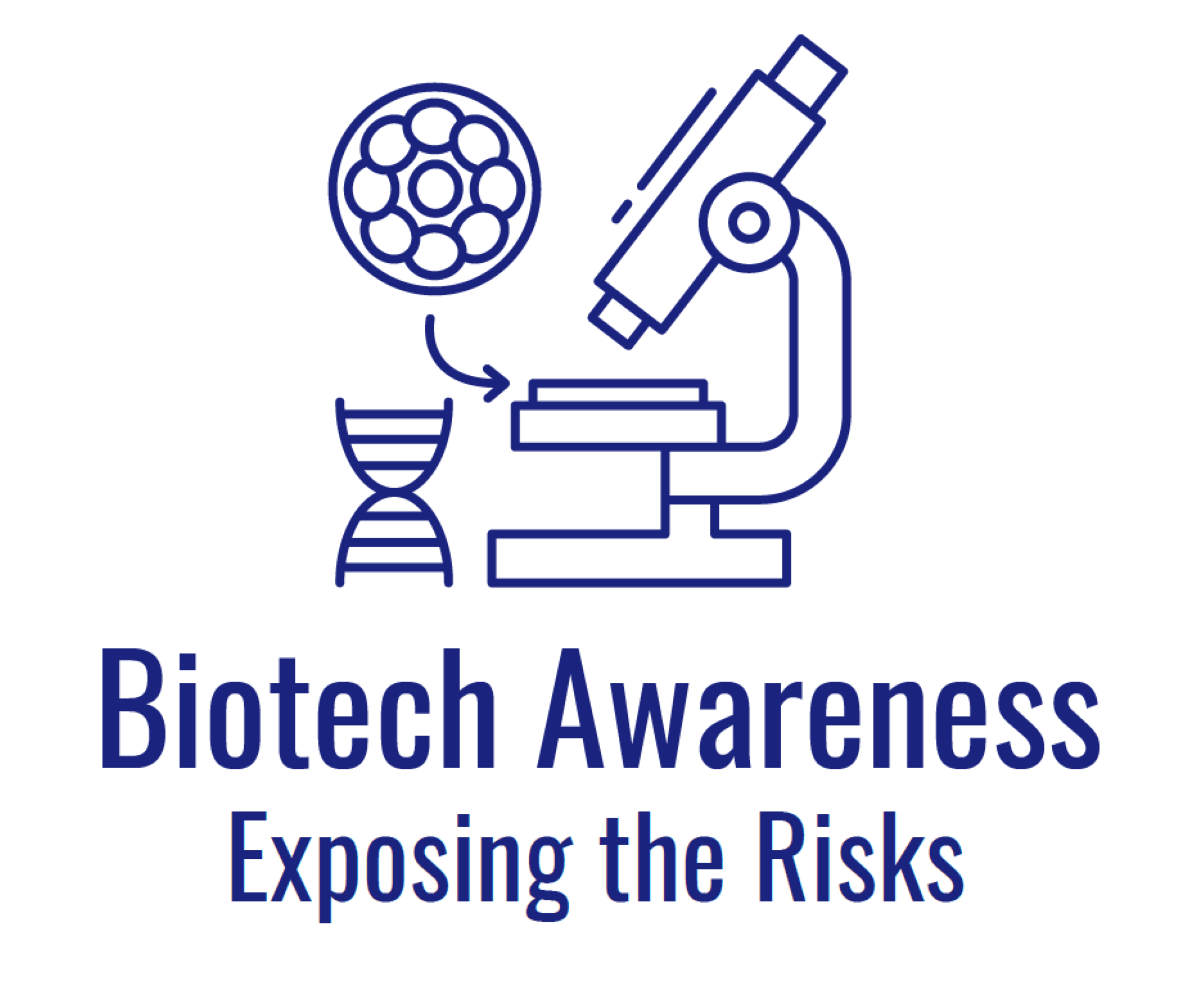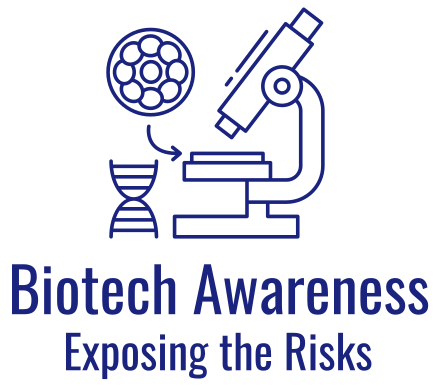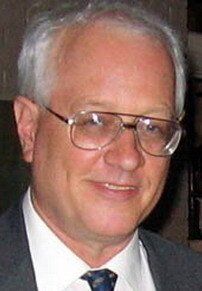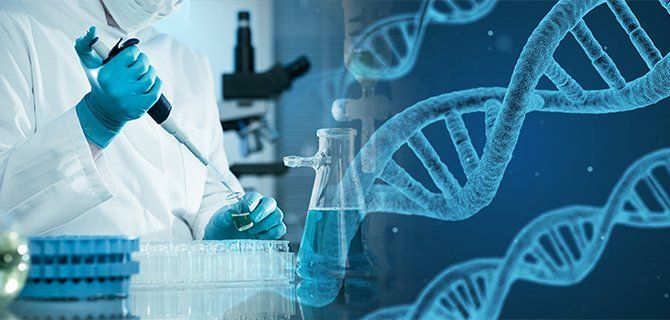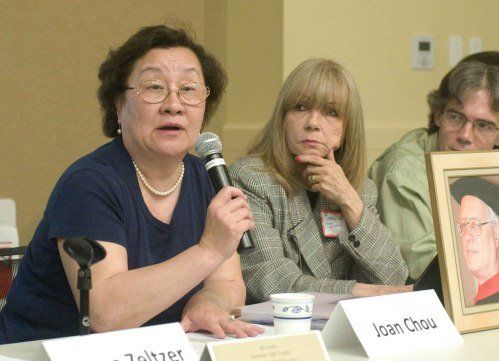Malcolm Casadaban
Malcolm Casadaban was a pioneering researcher who developed what are now common techniques to study the effects of specific genes in many disease-causing organisms. He was an Associate Professor in Molecular Genetics and Cell Biology and of Microbiology at the University of Chicago.
Dr. Casadaban was researching the chain of events that happens when a person is made sick by the bacteria Yersinia Pestis, which are behind the plague.
The bubonic plague, which killed at least a third of the population of medieval Europe in the 14th century, still infects more than 2,000 people annually worldwide today.
As a graduate student in Jonathan Beckwith’s laboratory at Harvard in the early 1970s, Malcolm invented a series of gene-fusion techniques to isolate specific bacterial genes, prevent them from being expressed and analyze their functions. The tools he created there and subsequently in Stanley Cohen’s laboratory at Stanford University brought him rapid recognition as a major figure in genetic analysis. His methods have enabled scientists worldwide to study the genes responsible for much of the damage caused by various types of bacteria and develop new ways to prevent or treat infections.
“Much of what we do in my lab today, and what other people do in biology, we owe to Malcolm,” said Beckwith, his mentor. “His approach was copied and altered for new purposes and is still in use today. It introduced the idea of scanning the chromosome by gene fusions, which has since been applied to many problems, including bacterial pathogenesis.
Malcolm's wife, Joan Chou, has been attending events and telling the story about what happened to Malcolm. She knows all too well the hazards of working with deadly agents in a lab setting.
Her husband, Malcolm, was a highly experienced Harvard-trained microbiologist working with a supposedly “safe” strain of Yersinia pestis, the bacterium responsible for Bubonic plague, the same organism Lawrence Livermore scientists were trying to render immune from antibiotic.
Chou said her husband had worked at the university for more than three decades and had served on its biosafety committee for 10 years.
“His death was not really mysterious, but it was covered up by the University of Chicago, the CDC [Centers for Disease Control], and other agencies,” she said.
SPREAD THE WORD. RAISE AWARENESS ABOUT RISKS IN THE BIOTECH INDUSTRY.
FAIR USE NOTICE: This site may contain copyrighted material the use of which has not always been specifically authorized by the copyright owner. We are making such material available in our efforts to advance the understanding of environmental, political, human rights, economic, democracy, scientific and social justice issues. We believe this constitutes a 'fair use' of any such copyrighted material as provided for in section 107 of the US Copyright Law. In accordance with Title 17 U.S.C. Section 107, the material on this site is distributed without profit to those who have expressed a prior interest in receiving the included information for research and educational purposes.
